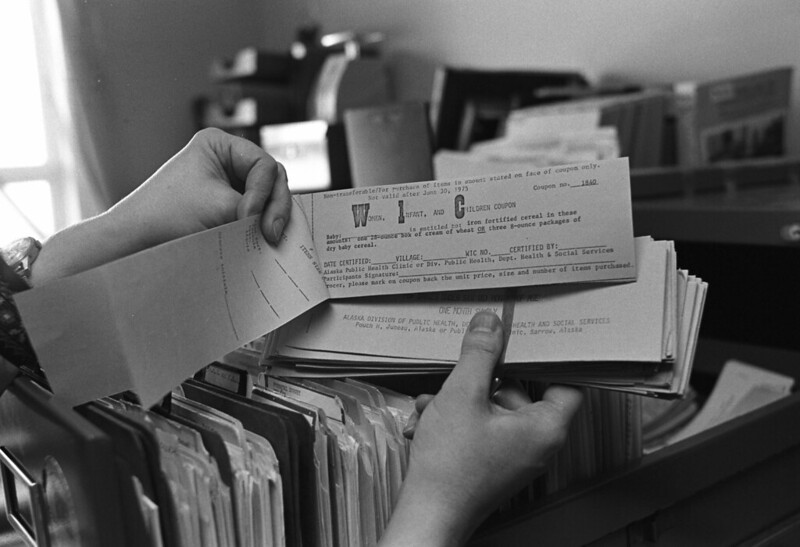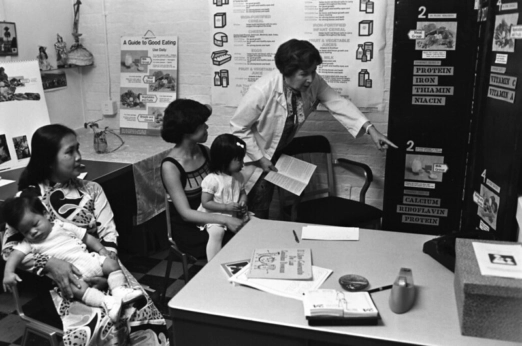A new study from the USDA shows that the program, which provides supplemental food and social services for women and children, is incredibly underutilized.

In a report released last week, the USDA finds that roughly half of all those eligible for The Special Supplemental Nutrition Program for Women, Infants and Children (WIC) do not take advantage of its services.
In 2021, the latest year for which data is available, there were an average of 12.1 million people eligible for WIC benefits every month. But monthly users averaged just 6.2 million, or 51 percent. While the numbers of participants were highest for infants and non-breastfeeding postpartum women, participation drops steeply as children get older. Sixty three percent of all eligible one-year-old children participated in the program, but only 24 percent of eligible four-year-olds did. The eligibility level varies from state to state, with the lowest rate of eligibility in North Dakota and the highest in New Mexico.
WIC provides participants with supplemental food, breastfeeding support and social services. There is research that supports the impact of these programs; the American Family Physician, for example, found that people who use WIC services eat healthier foods. WIC participation also has a positive impact on birth weight, and it reduces the gap in infant health experienced by racial and ethnic minorities.

A North Carolina grocery store marks items that are acceptable for purchase under the U.S. Department of Agriculture’s Women, Infants, and Children (WIC) in August 1983. Photo courtesy of National Archives and Records Administration.
Funding for WIC comes from Congress, which has traditionally maintained bipartisan support of the program. However, earlier this fall, the House of Representatives considered a measure that would have cut 30 percent of the budget to discretionary spending programs, drastically lowering WIC’s operating budget. That measure was rejected. Shortly thereafter, the White House asked Congress to fully fund WIC, in order to support increased participation, but the House has not yet taken action on the request.
According to the USDA, failure to fully find WIC would mean some regions would have to implement waiting lists for eligible families—something they are striving to avoid as they look to increase participation in the program. “It’s up to Congress to fully fund WIC this fiscal year and continue the 25-year bipartisan track record of making sure every eligible low-income mom, infant, and child seeking WIC services can get the vital nutrition they need to thrive,” said agriculture secretary Tom Vilsack in a release.

Young mothers with their children receive nutritional assistance and advice under the U.S. Department of Agriculture (USDA) Food Nutrition Service (FNS) Women, Infants, and Children (WIC) program in June 1977. Photo courtesy of National Archives and Records Administration.
The USDA says it is working to bolster participation rates by prioritizing outreach, diversifying the WIC workforce and enhancing the technology used in the program. Stacy Dean, deputy under secretary for Food, Nutrition, and Consumer Services, echoes the importance of increasing WIC participation. “By closing the WIC participation gap, we can make incredible progress on addressing hunger, nutrition and health in America.”